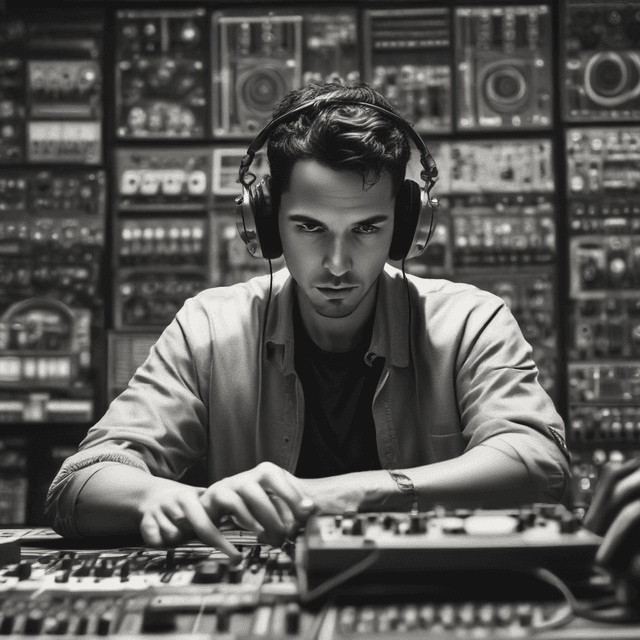
| Genres | |
| Impact | Shaped the development of multiple genres |
| Origin | Early 17th century |
| Purpose | Incorporating pre-recorded sounds into new compositions |
| Pioneers | Avant-garde classical composers |
| Controversy | Initially controversial, later widespread |
| Significance | Crucial compositional tool |
| Transformation | Adapted with digital technology |
Sampling, the process of incorporating pre-recorded sounds and musical fragments into new compositions, has been an important technique in Western music since the early 17th century. While the practice gained mainstream prominence in the late 20th century with the rise of hip-hop and electronic music, its origins trace back to pioneering work by avant-garde classical composers experimenting with new audio technologies.
The first known use of sampling in music dates to the 1640s, when Venetian composer Claudio Monteverdi began incorporating recordings of church bells and other environmental sounds into his sacred choral works. This early "found sound" technique foreshadowed the rise of musique concrète and other experimental compositional approaches in the 20th century.
In the 1930s, German composers like Karlheinz Stockhausen and Herbert Eimert further developed sampling by using newly-invented magnetic tape recorders to capture and manipulate short audio fragments. They would loop, layer, and process these recordings, creating collage-like sonic textures. This "tape music" approach was a crucial precursor to modern digital sampling.
The rise of electronic and electroacoustic music in the 1950s and 1960s dramatically expanded the creative possibilities of sampling. Composers like Edgard Varèse, Pierre Schaeffer, and Delia Derbyshire incorporated samples of acoustic instruments, environmental sounds, and early synthesizers into their experimental compositions.
Tape loops, with their ability to seamlessly repeat and morph recorded fragments, became an essential tool for these composers. As electronic music technology advanced, sampling became ever more sophisticated, enabling the creation of dense, multilayered sonic landscapes.
While sampling remained largely confined to avant-garde circles for much of the 20th century, it began to see more widespread use in popular music starting in the 1960s. Rock, R&B, and jazz artists increasingly incorporated sampled sounds, often from their own recordings, into their work.
Some of the earliest prominent examples include the "wall of sound" productions of Phil Spector and the use of tape loops by The Beatles and The Beach Boys. As sampling technology became more accessible in the 1970s and 80s, it grew into a core compositional technique for genres like disco, funk, and eventually hip-hop.
The increasing prominence of sampling in popular music sparked intense debates around copyright, intellectual property, and the ethics of repurposing recorded sounds. Some saw sampling as a new form of musical theft, while others championed it as a legitimate creative practice akin to collage or remixing.
These debates led to the establishment of new legal frameworks governing the use of samples, including the requirement to obtain licenses and pay royalties. However, the ambiguity and complexity of these laws resulted in numerous high-profile lawsuits that continue to shape the landscape of modern music production.
Sampling became a core technique for the development of several major musical genres, most notably electronic and hip-hop. Pioneers like Kraftwerk, Afrika Bambaataa, and DJ Shadow crafted innovative compositions by weaving together samples from a vast array of sources.
The plunderphonics movement, spearheaded by artists like John Oswald and Christian Marclay, took sampling to an extreme, creating entirely new works by appropriating and transforming pre-existing recordings. This radical approach challenged traditional notions of musical authorship and ownership.
The transition to digital recording and production in the 1980s and 1990s dramatically expanded the capabilities and accessibility of sampling. Digital samplers and sequencers allowed unprecedented control over the manipulation of audio fragments, ushering in new creative possibilities.
While some predicted that digital sampling would make the technique ubiquitous, it has continued to be a point of contention. Shifting legal frameworks, evolving cultural attitudes, and the emergence of remix and mashup culture have all shaped the role of sampling in contemporary music. Yet its fundamental impact as a transformative compositional tool remains undiminished.